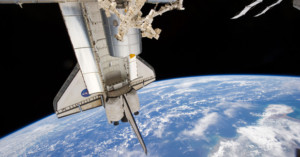
Astronauts Discuss the Pros and Cons of Taking Photos in Zero Gravity
Yesterday, astronauts and photographers Don Pettit and Matthew Dominick held a fascinating discussion about taking pictures in space with the issue of weightlessness coming up during the talk.









